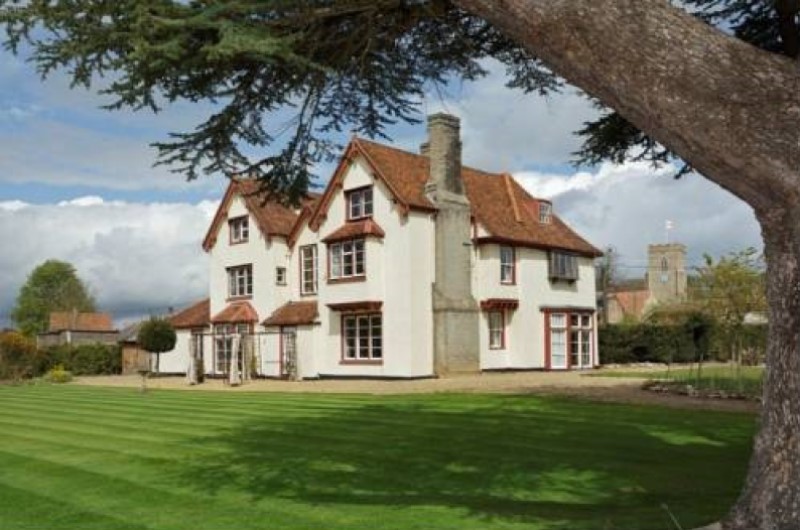Featured Image: Excavations at Beeches Pit by the University of Liverpool, 1996. Source: John Gowlett, University of Liverpool
We continue with our new blog series showcasing some of our favourite archaeology in Suffolk. Each week you’ll meet a member of the team who will share with you their favourite archaeological site to visit or favourite find. This week, Hannah takes us to the palaeolithic site known as Beeches Pit.
Dr Hannah Cutler is an Archaeological Officer and has been part of the team for the past 5.5 years. Day-to-day she monitors archaeological investigations as part of the planning system and records sites on the HER. Over the years, she has completed projects enhancing the HER for the Palaeolithic and Mesolithic periods and created an Urban Archaeological Database for Ipswich.
My favourite site in Suffolk is Beeches Pit, which is an old disused brickpit in West Stow north of Bury St Edmunds. It is the site with the earliest evidence for fire in Britain from deposits dated to the Hoxnian interglacial (warm) period. It shows that the site was reused repeatedly by pre-modern Homo Heidelbergensis.
I like it because it shows a snapshot of life in the Palaeolithic period, as many sites this old are usually mixed and represent material from long periods compressed together. I can really imagine a family sitting around a fire, keeping warm in the evening whilst cooking and making stone tools.

Flint tools found at Beeches Pit are held by many museums (including the British Museum and the Cambridge Museum of Archaeology and Anthropology) as it was first investigated in the 19th century, with the most recent investigations by Liverpool University in the late 1990s and The British Museum in 2018.
Sites of this age are not unique to Suffolk, as there are several important sites such as East Farm in Barnham and Foxhall Road in Ipswich.
Find Out More:
Listen to a podcast from Dr. John Gowlett and archaeologists working at the site on BBC Discover.
Beeches Pit is on public access land. Further information can be found on Breaking New Ground.
Discover more about Palaeolithic and Mesolithic Suffolk





